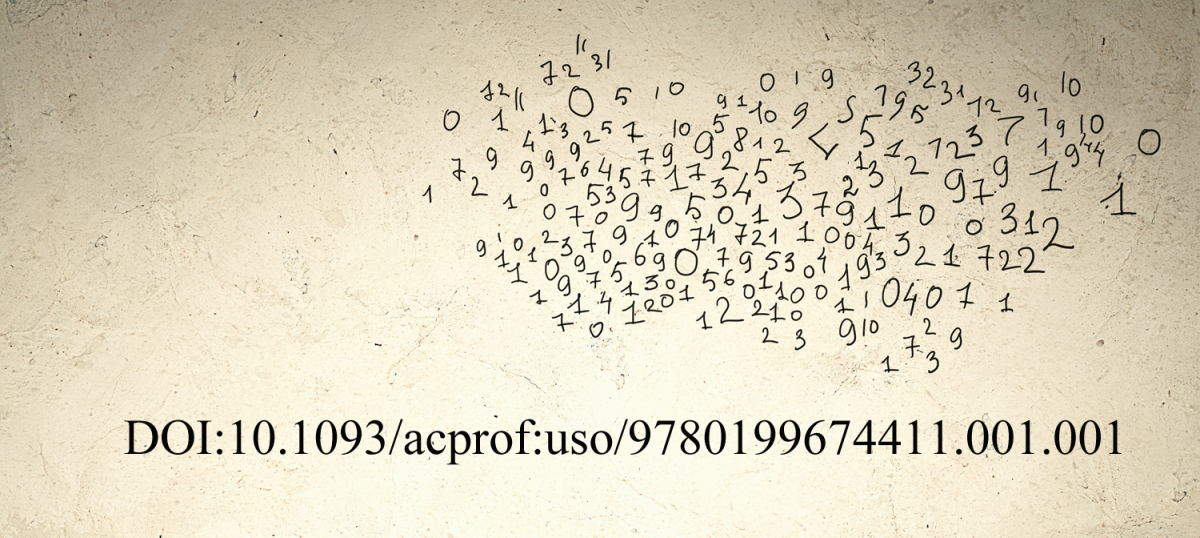17 November 2014
The online world is still a wooly marketplace of conflicting acquisition and distribution systems. For simple sites, citing the URL will suffice. However, higher-quality content is often available only through suppliers whose sheer size and proprietary systems often complicate our citations and leave users wondering exactly what identification schemes need to be included.

Some providers offer subscriptions that are available only through libraries. When we access a commercial database through that library, our computer screen may not identify any URL for us to cite. Using the library's personal URL to identify our source would produce a nonworking citation for anyone who used a different terminal; and it would not work if the library discontinues its subscription. For these situations, EE recommends merely saying that the material is available at participating libraries. Each user of your citation can then check his or her own area libraries, just as researchers already do when they encounter citations to books and periodicals.
Many book and journal publishers today also assign (in addition to the traditional ISBN or ISSN numbers that have long served as identifiers) an electronic document number called a Digital Object Identifier. In brief, the DOI is a tool designed for universal use regardless of the site through which the material is accessed. To date, more than 85 million titles produced through nearly 10,000 agencies carry a DOI. Still, the DOI has not replaced the URL, nor does it work like one. Typing a DOI into a web browser—or Google's search bar—will usually generate a frowny face accompanied by the error message "This webpage is not available." Few journals or suppliers used by history researchers have found it feasible to go back and assign DOIs to every article they have published since their inception. Smaller journals and publishers don't yet offer it for even their current material.
For all these reasons and more, the DOI has not yet become an essential part of a standard citation outside of disciplines that use APA and ASA styles. In many cases, users may not be aware that the DOI exists. Major catalogers such as WorldCat may well exclude it, as may online providers who offer recomended citations. As an example, let us say that we have accessed online the following article, using an institutional affiliation:
Cody Newton, "Native Place, Environment, and the Trade Fort Concentration on the South Platte River, 1835–45," Ethnohistory 59 (Spring 2012): 239–50.
The journal's publisher, Duke University Press, has assigned it the DOI 10.2307/41474477. Let us say that we have accessed it via JSTOR, which has created for it a stable URL. Our Evidence Style citation, following JSTOR guidelines, would be this:
Cody Newton, "Native Place, Environment, and the Trade Fort Concentration on the South Platte River, 1835–45," Ethnohistory 59 (Spring 2012): 239–50; digital image, JSTOR (http://www.jstor.org/stable/41474477 : accessed 1 November 2014).
Undoubtedly, you spotted the overlap. The last element of the DOI has been used by JSTOR as the last element of its stable URL. A humanities-style citation would certainly include the stable URL. If we know the DOI and wish to include it in our working notes, we're certainly free to do so. We can include in our working notes anything we choose. However, as with ISBN and ISSN numbers, current citation standards in our discipline do not mandate its inclusion in a source citation, if it is not part of the provider's URL.
PHOTOCREDITS: Elizabeth Shown Mills, adaptation of "Business Background," CanStockPhoto (http://www.canstockphoto.com/images-photos/devilment-reliability.html#file_view.php?id=14339558 : accessed 1 November 2014), uploaded 6 June 2013 by SergeyNivens; used under license.